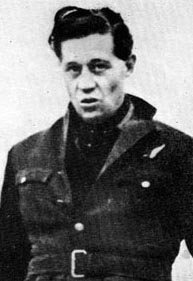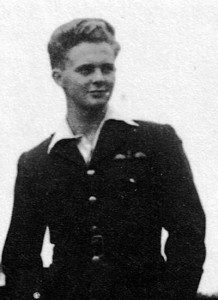
March 14, 1944, proved a crucial day in the history of The Great Escape. Diggers reported the upward vertical shaft, the exit from “Harry,” was complete. The wooden ceiling just beneath the pine-tree roots, presumably in the forest beyond the wire, was secure. That day also marked the return of Unteroffizier Karl Griese, perhaps the most rabid anti-tunnelling guard prowling the North Compound.
Meantime, in Hut 110, the escape committee conducted a two-hour meeting in the library. Big X, Roger Bushell led a discussion about the timing of the breakout. The committee considered three possible dates – March 23, 24 and 25 – the next three nights without potential exposure by bright moonlight. March 25 was a Saturday, which likely meant additional train traffic and potential congestion along some of the railway routes through Sagan; that would affect the first wave of fluent speakers making their way through train stations.
The committee members would wait to see what the weather would bring on March 23 and 24. The section heads debated whether a mass escape in bad weather – with freezing nighttime temperatures and with several feet of snow on the ground – might jeopardize attempts to get away by the hard-arsers, those escaping on foot and relying on survival skills to put distance between them and Stalag Luft III.
Bushell and the X Organization section heads agreed they would go on either Thursday, March 23, or Friday, March 24, depending on the weather. The committee hoped between 9 o’clock on the night of the escape and 5:30 the next morning the tunnel could spring more than 200 kriegies – one every three of four minutes – across the occupied European countryside.

The final item on the meeting agenda was drawing the names and determining the order on the list of escapers. The first 30 names selected came from a list of the best German speakers. The next 20 names came from the most prominent escape committee workers. Then, 30 more were drawn from a list of stooges, penguins, tailors, compass and mapmakers and forgers. Finally, all remaining names were pulled from a hat to bring the total number to about 200. Tony Pengelly, a forgery section head, recalled the tension of this moment.
“When the time came close,” Pengelly wrote, “we drew lots intensely, in small groups. Mere slips of paper they were, holding the ‘yes’ or ‘no’ of freedom – and for the lucky ones, how long he would be after the first to leave. I drew number 93.”